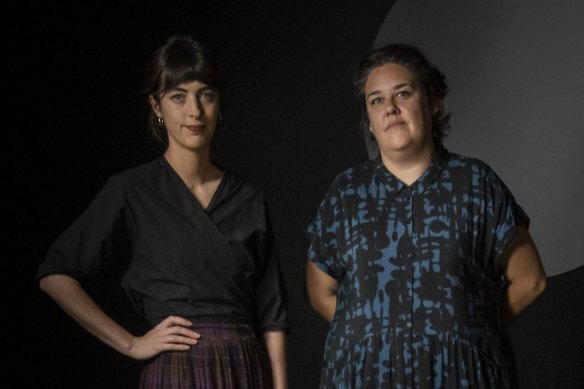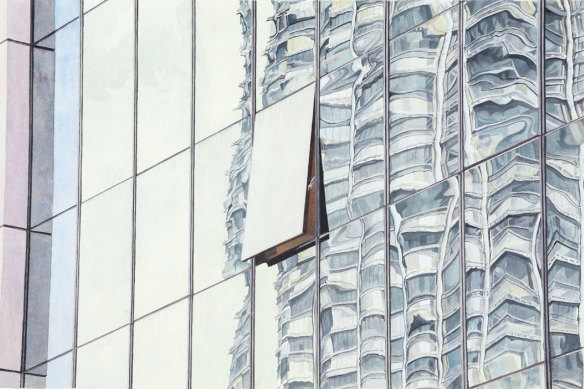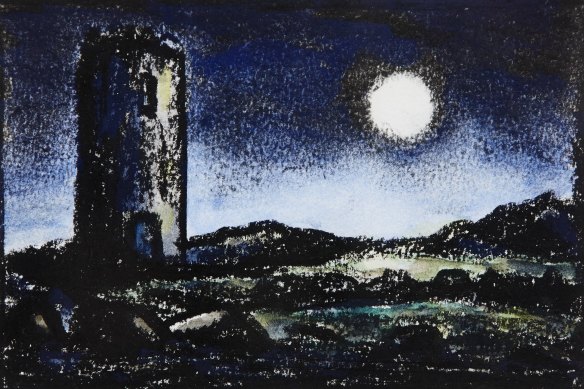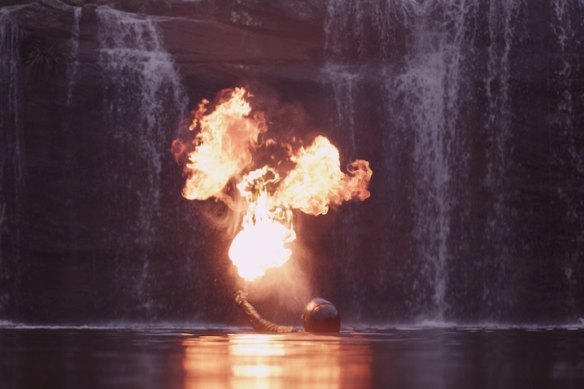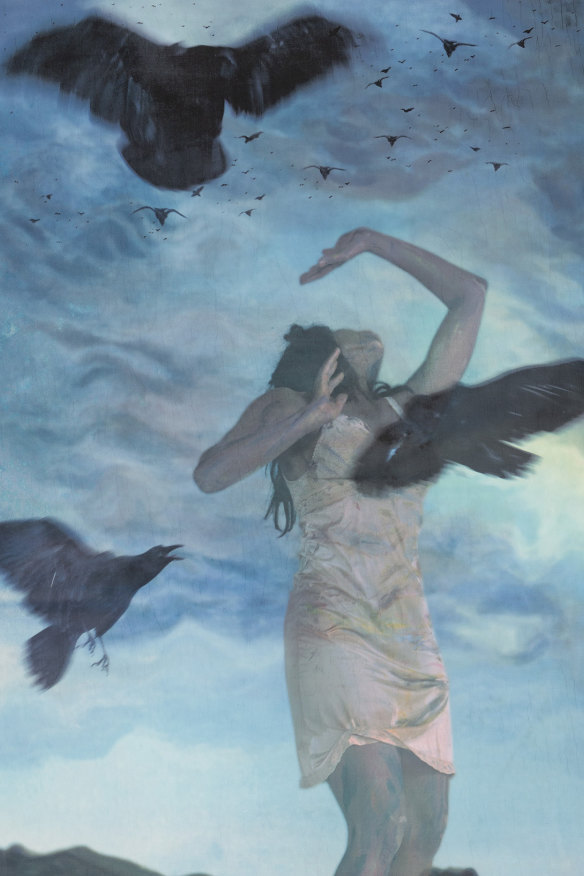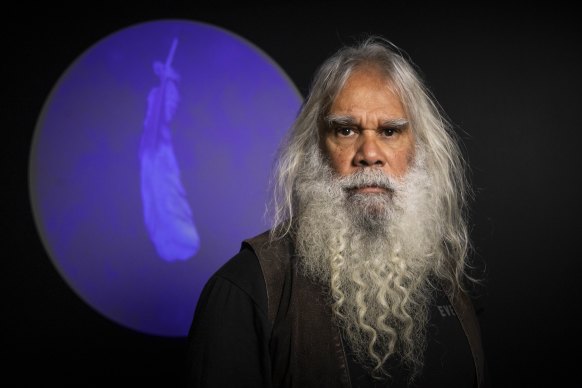Fancy some alone time? This new show might be just the thing
By Andrew Stephens
Credit: Buxton Contemporary
Save articles for later
Add articles to your saved list and come back to them any time.
When Susan Cain first went to summer camp, her mother packed her a suitcase full of books and not much else. For her family, books were everything, and so the nine-year-old envisaged spending evenings at camp with girls in nightgowns cosily immersed in their own, solitary worlds.
Unsurprisingly, the rowdy reality of camp life was a shock. Her books stayed under the bed. Post-camp, she valiantly tried to pass as an extrovert, but suspected quieter folk who enjoyed solitude were excellent just as they were.
“For years I denied this intuition, and so I became a Wall Street lawyer, of all things, instead of the writer that I had always longed to be – partly because I needed to prove to myself that I could be bold and assertive, too,” Cain says in a TED talk, recorded after the launch of her 2012 book, Quiet.
In a world where teamwork, collaboration and exhortations to be resilient loudly crowd out the alternatives, Cain’s book remains revolutionary. And validating: for many artists, writers, scientists and other creative practitioners, alone time (as opposed to loneliness) is crucial for connecting with their interior worlds and producing work. The idea of collaborating can seem truly irksome – and unproductive.
In the wake of Quiet, there has been a firm pushback against what The Economist once termed “the collaboration curse”. That’s not to say all collaborative or teamwork is a torment – it can have exceptional results – but it’s not a cure-all that plays to everyone’s strengths.
Curators Hannah Presley and Annika Aitken have collaborated on an exploration of solitude.Credit: Wayne Taylor
University of Melbourne curators Hannah Presley and Annika Aitken have been contemplating such ideas while working on a new exhibition, Nightshifts, at Buxton Contemporary. Keenly aware of how the idea of collaboration has intruded on everyone in recent years, they’ve also noted how pandemic lockdowns have blurred boundaries between public and private, sullying in particular the preciousness of alone-time.
“While the pandemic didn’t inspire the show, we were interested that our previous understanding of being at work and then going home to your own space was suddenly collapsed into a messy, single experience,” Aitken says. “It was quite draining for people.”
David Jolly, Open part of Liquid Nature (2006).Credit: Image courtesy of the artist and Michael Buxton Collection, the University of Melbourne Art Collection.
Now that we have all leapt back into the bright lights of the social, face-to-face world, perhaps we are having trouble setting boundaries – and hankering for some genuine solitude.
Beyond pandemic situations, Presley and Aitken have been intrigued to observe that much solitary creative activity seems to manifest after daylight fades. Their exhibition, they say, “looks to the shadows and ‘after hours’ as metaphors for the work and thinking that happens beneath the surface, away from the public gaze: time alone in the studio, during the quiet of the night and while asleep”. Under cover of darkness, ideas ferment.
Peter Booth, Untitled [tower with moon] (1998).Credit: Image courtesy of the artist and the Michael Buxton Collection, the University of Melbourne Art Collection
Of course, they have themselves been collaborating to curate this exhibition. “But we have made sure we’ve had alone thinking time and space to process ideas and respond to the works on our own,” Presley says. “And then we have brought those reflections back to each other, to create something together.”
They have cast the net widely and questioned, in a lighthearted way, the cliche of the solo artist navel-gazing in the garret: the trope of the “white, male, artistic genius” who is self-isolated and feels misunderstood. They also note that there is a great deal of privilege involved in having access to a studio or solo workspace.
“We’re interested in the deep work and thinking that happens beyond these physical spaces,” Aitken says.
Shaun Gladwell, Maximus Swept out to Sea (Wattamolla) (2013).Credit: Image courtesy of the artist and the Michael Buxton Collection, the University of Melbourne Art Collection.
Throughout history, philosophers have emphasised solitude: Friedrich Nietzsche, David Hume and Arthur Schopenhauer are just a few who advocated its importance. And while the Stoics pointed out that if a person cannot be content with their own company, they are unlikely to be happy around others, there are some creative people who have gone to extremes, holing up entirely (hashtag hermits and recluses).
Others have simply set their own terms without withdrawing completely: Swedish filmmaker Ingmar Bergman spent long periods alone on an island to produce his work; painter Georgia O’Keeffe spent much of her working life “deliciously alone” on her New Mexico Ghost Ranch.
Writers necessarily find themselves confined indoors on their ownsome (think Virginia Woolf in her room writing A Room of One’s Own). Collaborating often comes with the territory for musicians, but practising and composing are often solitary. And scientists require their space, too: according to The Smithsonian Magazine, physicist Peter Higgs (of Higgs particle fame) claimed he would “not have been able to complete his Nobel-prize-winning work in the current research environment, stating that the peace and quiet he was granted in the 1960s is no longer possible”.
Tracey Moffatt, Invocations #5 (2000) (detail).Credit: Image courtesy of the artist and Michael Buxton Collection, the University of Melbourne Art Collection.
For Nightshifts, Presley and Aitken have not forced a particular agenda but sought to raise interesting discussions, bringing in many voices and diverse works by artists such as Tracey Moffatt, Emily Kame Kngwarreye, Callum Morton, Lindy Lee and Brent Harris. They have looked at a range of art movements and approaches, from the impact of 1940s open-plan office designs on architecture and culture through to reflections on the natural world (there are images of owls, spiders, the night sky).
They’ve also investigated the Indigenous idea of “deep listening” when on Country. This is explored in a new commission by artists Vicki Couzens and Rob Bundle. Couzens, known for her public artworks, and Bundle, who works in music and filmmaking, have been partners “for 40-odd years” but usually operate independently. But for this commission – a projection of images with a soundscape – they joined forces creatively.
“We are sharing a living journey,” says artist Robert Bundle of his collaboration with partner Vicki Couzens.Credit: Wayne Taylor
Couzens says First Sound, First Light is founded on a big topic: the creation of the universe. “It is meant to be immersive and experiential, for people to get an insight into the continuing creation of the cosmos, how the first light and first sound was the starting point of everything, to express the interconnectivity of all things,” she says.
Using visual material collected over many years – some of it landscape-based, or footage shot from a moving car – they have created a montage that is set to a reverberating soundscape created with Bundle’s compositional skills. The couple want audiences to have a deep experience, so the projection and sound will be deployed in a darkened room at Buxton, with seating containing concealed subwoofers.
Audiences will be with other people, listening and looking; but they will also be alone with their responses. “What is undeniable is that we are sharing a living journey, and we are sharing some of our personal selves,” Bundle says of the work. Which, he and Couzens explain, was largely created and produced around their kitchen table, on the couch, or at a desk in their bedroom – sometimes together, sometimes alone.
Nightshifts is at Buxton Contemporary May 26 to October 29; http://buxtoncontemporary.com
Most Viewed in Culture
Source: Read Full Article
